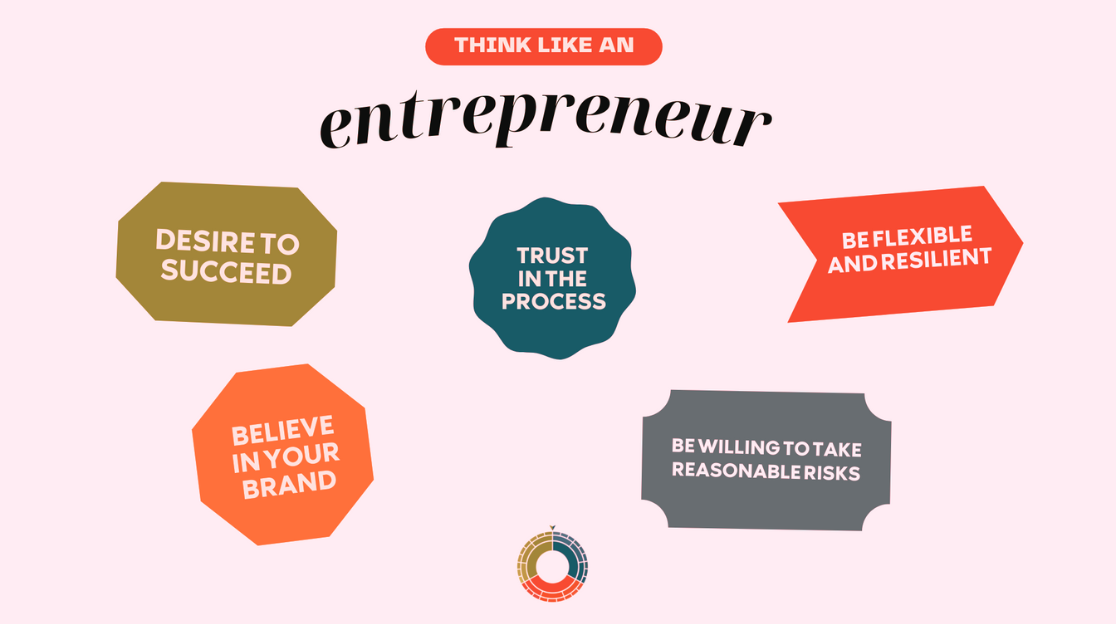Introduction:
In today’s competitive market, branding is more crucial than ever, especially for small businesses. A strong brand not only helps you stand out from the competition but also fosters customer loyalty and trust. Here are some effective branding tips for small businesses to help you build a memorable brand identity and connect with your target audience.
1. Understand Your Audience
Before you start building your brand, it’s essential to understand who your target audience is. Conduct market research to gather insights into their preferences, needs, and behaviors. This information will guide your branding strategy and ensure that your brand resonates with the people you want to reach.
Tips for Audience Research:
- Use surveys and polls to gather feedback.
- Analyze your competitors’ audiences.
- Leverage social media analytics to identify trends and preferences.
2. Define Your Unique Selling Proposition (USP)
What makes your business unique? Your USP is what sets you apart from your competitors. It’s important to clearly articulate this in your branding. Consider the following questions to help define your USP:
- What problem does your product or service solve?
- How is your offering different from others in the market?
- Why should customers choose you over your competitors?
3. Create a Memorable Logo and Tagline
Your logo and tagline are often the first things potential customers will notice about your brand. A well-designed logo should be simple, relevant, and timeless. Your tagline should encapsulate your brand’s mission or values in a few memorable words.
Tips for Logo and Tagline Design:
- Use color psychology to evoke the right emotions.
- Choose a font that reflects your brand’s personality.
- Ensure that your logo is versatile for various platforms.
4. Build a Consistent Brand Voice
Your brand voice encompasses the tone and style of your communications, whether it’s through social media, emails, or marketing materials. Consistency in your brand voice helps create a cohesive brand identity that resonates with your audience.
Steps to Develop Your Brand Voice:
- Identify your brand’s personality (e.g., friendly, professional, quirky).
- Create a style guide to outline your tone, language, and messaging.
- Train your team to use the brand voice consistently across all channels.
5. Leverage Social Media
Social media is an essential tool for building brand awareness and connecting with your audience. Choose platforms that align with your target audience and engage with them through regular updates, promotions, and interactive content.
Tips for Social Media Branding:
- Use consistent branding elements (colors, logos, etc.) across all platforms.
- Post engaging content that encourages sharing and interaction.
- Utilize stories, reels, and live sessions to humanize your brand.
6. Invest in Quality Content Marketing
Content marketing is a powerful way to establish your brand as an authority in your industry. Create valuable, informative content that addresses your audience’s pain points and showcases your expertise.
Types of Content to Consider:
- Blog posts that offer insights and solutions.
- Infographics that visually explain complex concepts.
- Videos that demonstrate your products or services in action.
7. Gather and Showcase Customer Testimonials
Customer testimonials and reviews can significantly influence potential customers’ perceptions of your brand. Encourage satisfied customers to leave reviews and prominently display these testimonials on your website and social media.
Tips for Collecting Testimonials:
- Send follow-up emails after a purchase asking for feedback.
- Create a simple review form for customers to fill out.
- Highlight positive reviews in your marketing materials.
8. Be Authentic and Transparent
In an age where consumers value authenticity, it’s important to be transparent about your business practices and values. Share your story, mission, and the people behind your brand to create a personal connection with your audience.
Ways to Show Authenticity:
- Share behind-the-scenes content on social media.
- Engage with customers through comments and messages.
- Address any mistakes openly and honestly to build trust.
Conclusion
Branding is an ongoing process that requires dedication and effort, especially for small businesses. By understanding your audience, defining your USP, and maintaining a consistent brand identity, you can create a powerful brand that resonates with your customers and drives business growth. Start implementing these branding tips today to set your small business up for success!
Call to Action
Have you tried any of these branding strategies for your small business? Share your experiences in the comments below! If you’re looking for more tips on how to enhance your brand, subscribe to our newsletter for the latest insights and updates.



